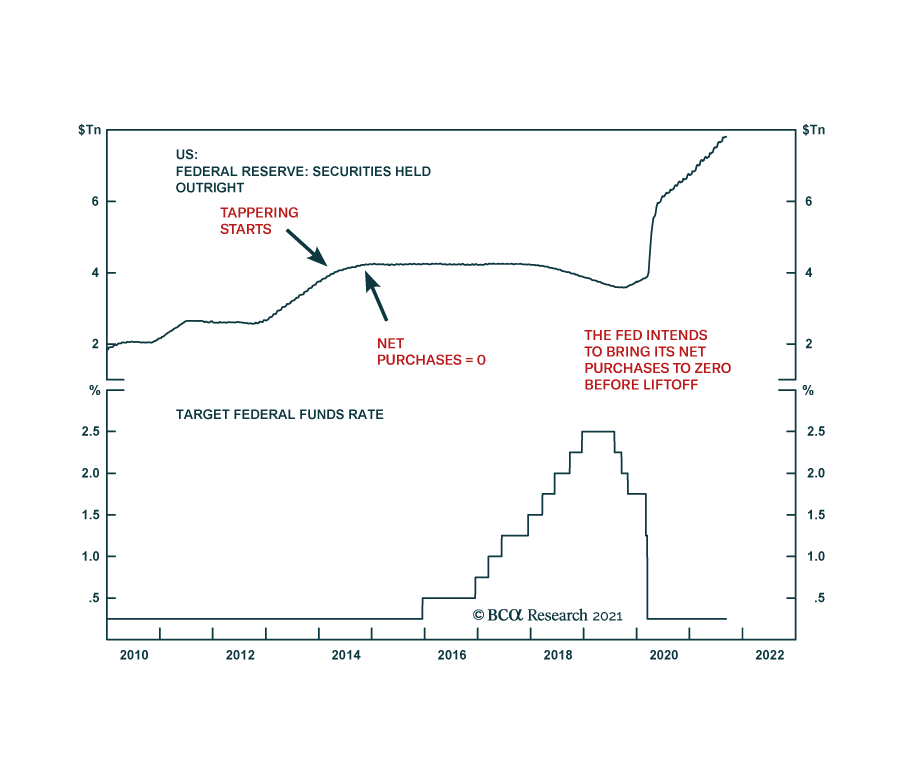Observations Lab
Macro Thoughts
Capital Markets Lab
Asset Management
Markets in History
Beyond Finance
Quotes on the Fly
Chart Gallery
Academia
The Coffee Chronicles
Latest Observations
Federal Reserve Bank of Richmond, Economic Brief, No. 20-01, January 2020

